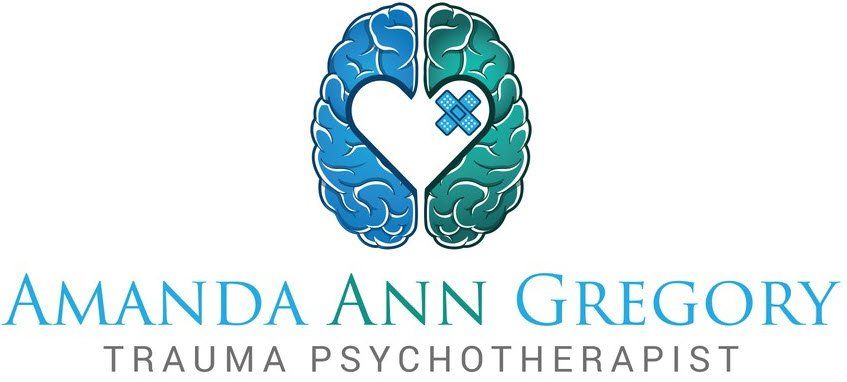Debunking 4 Myths About Evidence-Based Treatments
Mental-health clinicians and therapy clients often harbor inaccurate beliefs about evidence-based practices in psychology (EBPPs). The term “evidence-based practice” is defined by the American Psychological Association as “the integration of the best available research with clinical expertise in the context of patient characteristics, culture, and preferences.”1 EBPPs—also referred to as evidence-based treatments (EBTs)—provide clinicians with scientifically validated information in order to assist them in developing treatment interventions, assessments, case conceptualizations, and therapeutic relationships that are likely to yield the best treatment outcomes for their clients.
In my 16 years as a psychotherapist, I’ve listened as colleagues and clients express a range of beliefs about EBTs. These are the most common myths about them that need to be debunked:
1. Evidence-based treatments are always effective.
EBTs can be very effective, but they do not automatically promise effective or optimal clinical outcomes. There are so many variables that impact treatment success, such as the way in which the treatment is provided and by whom, the relationship between the clinician and client, and the complexity of the client’s symptoms. Assuming that an intervention will be successful simply because it is identified as evidence-based is a mistake. Too often, clients and clinicians shy away from treatment methods that are not identified as EBTs. This hesitation negatively limits the variety of treatment options made available to clients and the variety of training opportunities for their clinicians. Cognitive behavioral therapy (CBT), which is an EBT, might be just as effective for a client (or less so) for a client as a non-EBT, such as expressive arts therapy. Yet CBT is more likely to be recommended to clients, and more likely to be included in training programs for clinicians.
2. Evidence-based treatments are “one size fits all.”
There is no one mental-health treatment method that has been proven to benefit all clients in the same way. CBT, for example, might help to decrease one client’s depressive symptoms, yet have no impact on their anxiety symptoms. This can confuse clients and clinicians who assume that EBTs will have the same impact on everyone in the same way. For example, eye movement desensitization and reprocessing (EMDR) is an EBT that follows a standard protocol that benefits some clients, but not all. EMDR clinicians will often deviate from the standard protocol to assist clients who have needs the standard protocol is inadequate to meet. EBTs may need to be adjusted to meet the specific needs of each client; as outlined in the APA’s definition of EBPPs, all practices must be implemented and calibrated “in the context of patient characteristics, culture, and preferences.”1 The myth that EBTs are a “one size fits all” approach may prevent clinicians from adjusting treatments to meet the needs of their clients.
3. Evidence-based treatments provide quicker results.
Many have heard the myth that CBT will “cure” depression in 5-20 therapy sessions or that EMDR will “resolve” all trauma symptoms in 6-12 therapy sessions. Though some clients may report experiencing positive results from certain EBTs sooner than with other methods, no treatment method has been proven to produce quicker results for all. Unfortunately, the myth that EBTs produce fast results is quite prevalent, often fueled by the financial interests of payor sources (such as insurance companies) that prefer to pay providers as little as possible. Clinicians, clients, insurers, and government agencies are sold EBTs as products that can produce results in fewer sessions than other methods. And yet the number of therapy sessions suggested is not a universal prescription but a general guideline that does not apply to every client or every clinician. For example, I’ve worked with clients who’ve experienced one traumatic event and only needed 6 sessions of EMDR. Yet, those who have experienced complex or developmental trauma often need many additional sessions.
4. Evidence-based treatments are unbiased.
“As with any research modality, evidence-based psychotherapies are subject to biases, such as sponsorship of research, methodologies used, subjects chosen, and publications, which may impact the credibility of the particular treatment,” write Sarah C. Cook, et al.2 Research studies tend to be inaccessible to the general population due to their length, language, and limited publication. As a result, the general public receives information about studies from writers, journalists, or even social-media influencers. Reporters tend to write catchy headlines such as “Study shows that CBT is the best treatment for depression.” Yet they often fail to include detailed information about a study, such as the sample size, the demographic makeup of the subjects, or the funding source. What if the sample is made up exclusively of white women in their 20s? This is not a sample size that can be generalized to an entire population of clients who experience depression. In this case, a better headline would be “Study shows that CBT might be a good treatment option for white women in their 20s.” However, such a headline wouldn’t attract many readers. As Cook, et al write, “research samples often under-represent minority populations or patients with comorbid conditions and, as a result, evidence-based psychotherapies often are not effective for individuals with complex multimorbidities or from sociodemographic groups for which the intervention has yet to be tested.”2
EBTs can also be biased due to their funding sources. Large-scale research studies are expensive, and some treatment methods might not have the funding needed to be a part of large research studies; thus, these methods are unlikely to earn the label of EBT. Moreover, who chooses which methods get funding and which methods do not? Usually, it’s whatever funding source would benefit from evidence of the validity or lack of validity of the treatment method in question. For example, some organizations would rather fund studies that suggest that trauma can be treated in 10 individual therapy sessions, as opposed to studies that measure how social changes can positively impact collective trauma.
Evidence-based treatments have helped many clients and clinicians, but misled others. Once you are able to step away from the myths, you might be able to take advantage of the full spectrum of potentially effective treatments available to you — EBTs and non-EBTs alike.
Need more methods to regulate your emotions? Sign up for my monthly newsletter and receive the free e-book 25 Anxiety and Trauma Coping Hacks. Sign up
HERE.
References
1. APA (2005). Policy Statement on Evidence-Based Practice in Psychology. Retrieved https://www.apa.org/practice/guidelines/evidence-based-statement/
2. Cook SC, Schwartz AC, Kaslow NJ. Evidence-Based Psychotherapy: Advantages and Challenges. Neurotherapeutics. 2017 Jul;14(3):537-545. doi: 10.1007/s13311-017-0549-4. PMID: 28653278; PMCID: PMC5509639.

All Rights Reserved | Amanda Ann Gregory, LCPC
Design & Consultation by Teresa Lauer, LMHC, GrowYourTherapyPractice.com *

